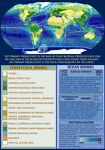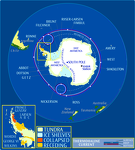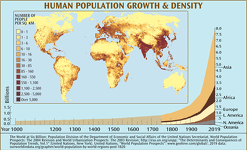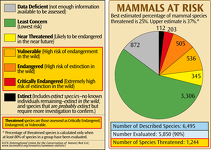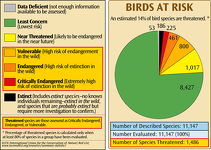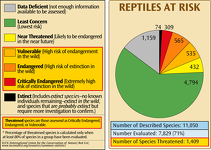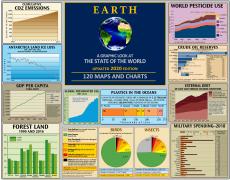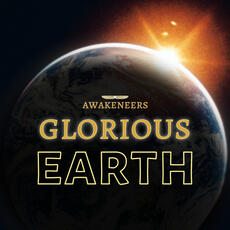Chart of Old Forests of British Columbia
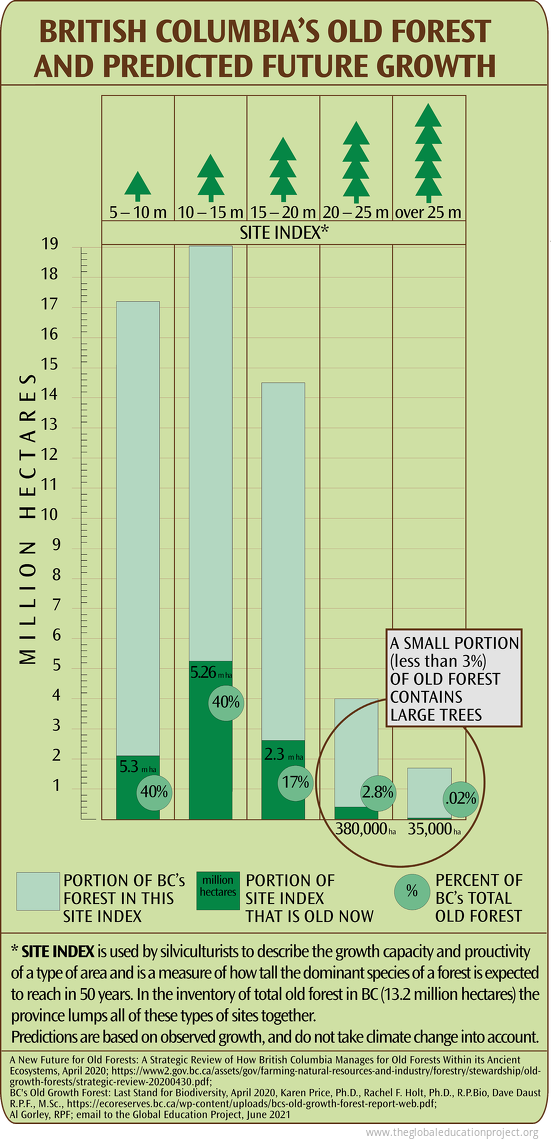
Forest areas with the potential to grow very large trees are extremely rare in Britsh Columbia. Old forests on these sites are almost extinguished and will not recover from logging.
"As much as 80% of the area of old forests consists of relatively small trees growing on lower productivity sites, such as Black Spruce bogs in the North, high elevation sub-alpine forests, or Cedar-Hemlock forests on the outer coast. Those forests remain in relatively great abundance,[the trees are small and are not currently considered economically feasible to harvest], and are important ecologically, but they are not what many people typically envision as 'old growth'"[1]
“These distinctions matter because while all forms of old growth have inherent value, different types provide tremendously different habitat, functional, cultural, spiritual and timber values. BC’s globally rare high productivity forests have particular value for their high biomass, structural complexity and stable carbon storage.” [2]
Sources
2. BC's Old Growth Forest: Last Stand for Biodiversity, April 2020, Karen Price, Ph.D., Rachel F. Holt, Ph.D., R.P.Bio and Dave Daust R.P.F., M.Sc., Veridian Ecological Consulting; https://ecoreserves.bc.ca/wp-content/uploads/bcs-old-growth-forest-report-web.pdf;
Al Gorley, RPF; email to the Global Education Project, June 2021
Tags: old forest, biomes, ecology, deforestation, primary forest, old growth forest, british columbia, old forests of british columbia, global-ecology
Sign up for EARTH Dispatches
Enter you email below to get jaw dropping charts and maps delivered straight to your inbox.
Get the EARTH presentation
A 150 page high-resolution PDF containing all updated maps, charts and data on EARTH website; use as an information-packed educational slide show, printed booklet or a set of single-page handouts.
Learn More
